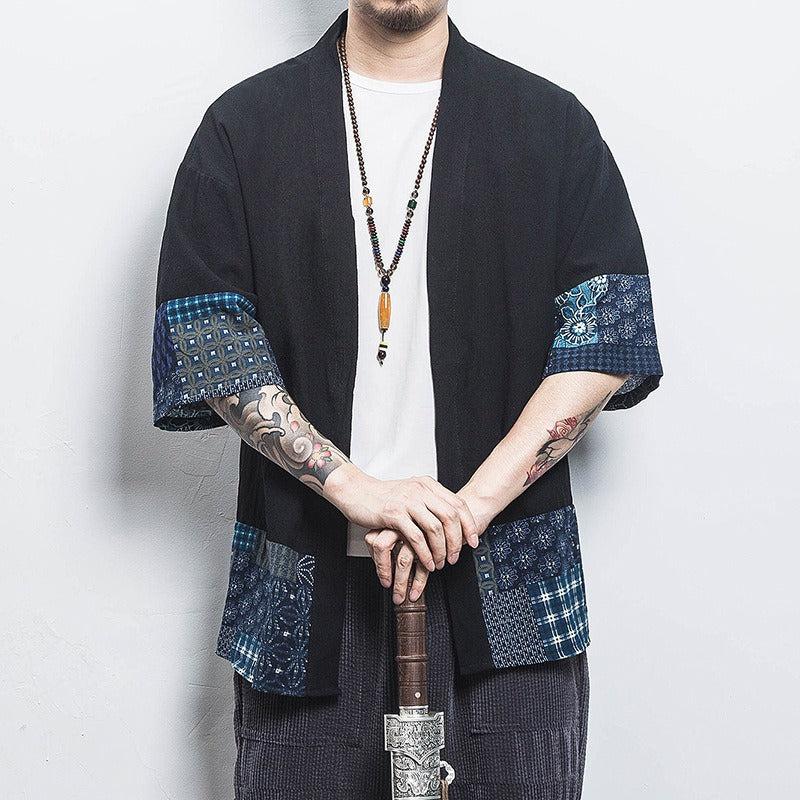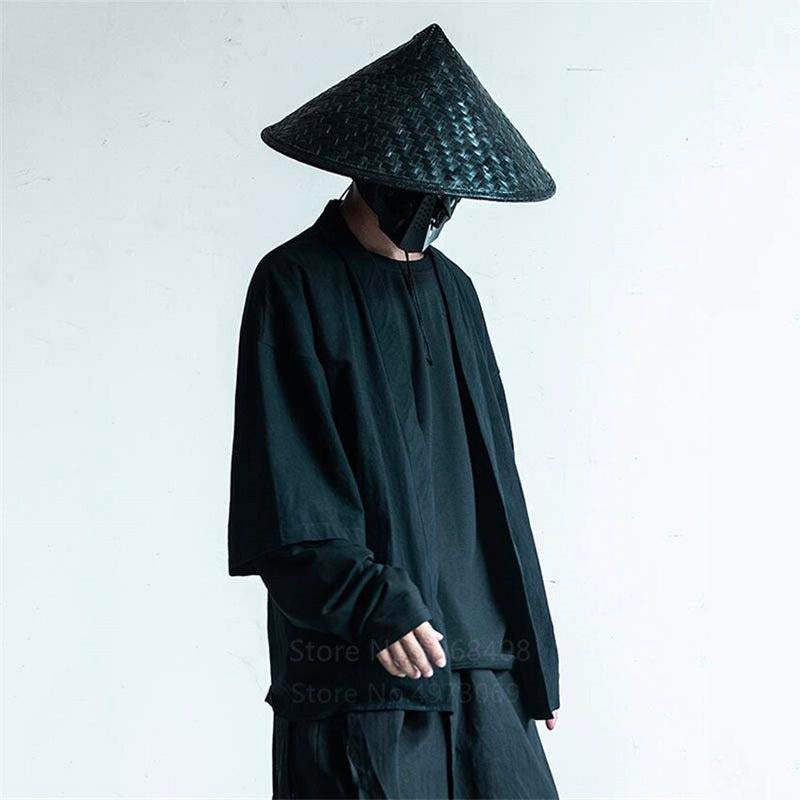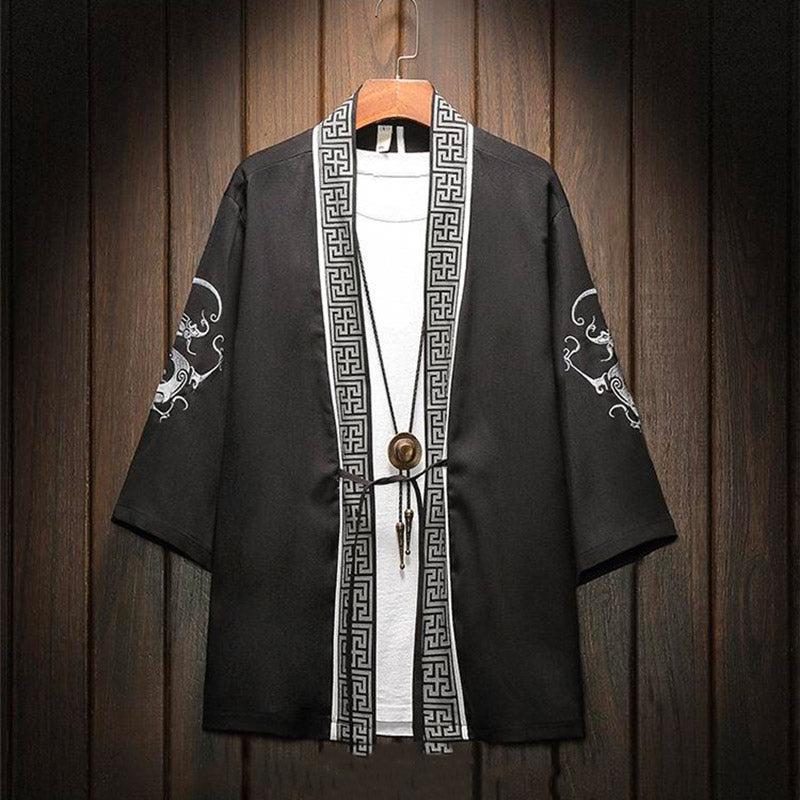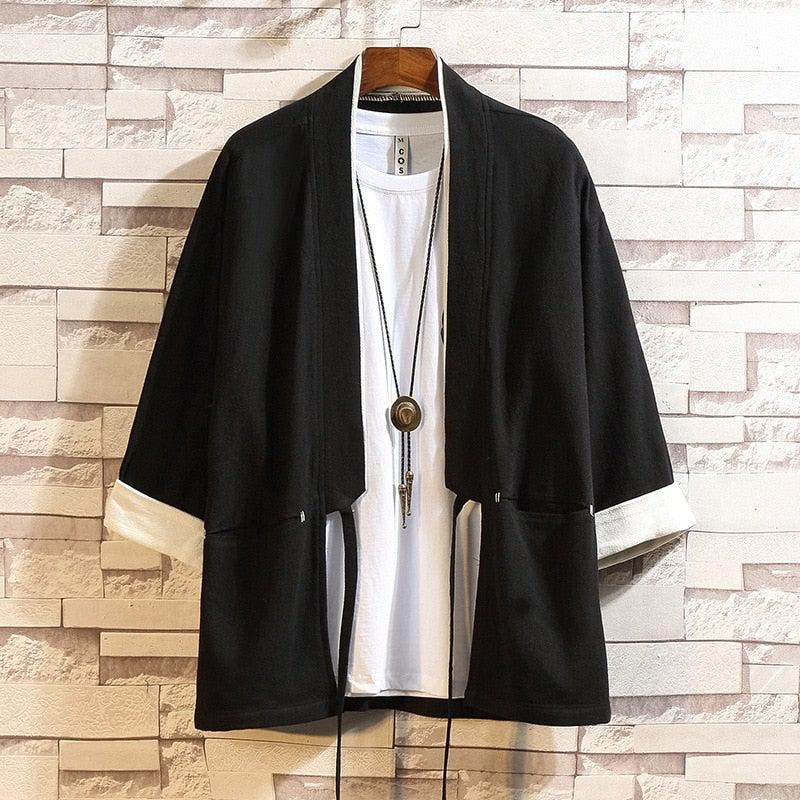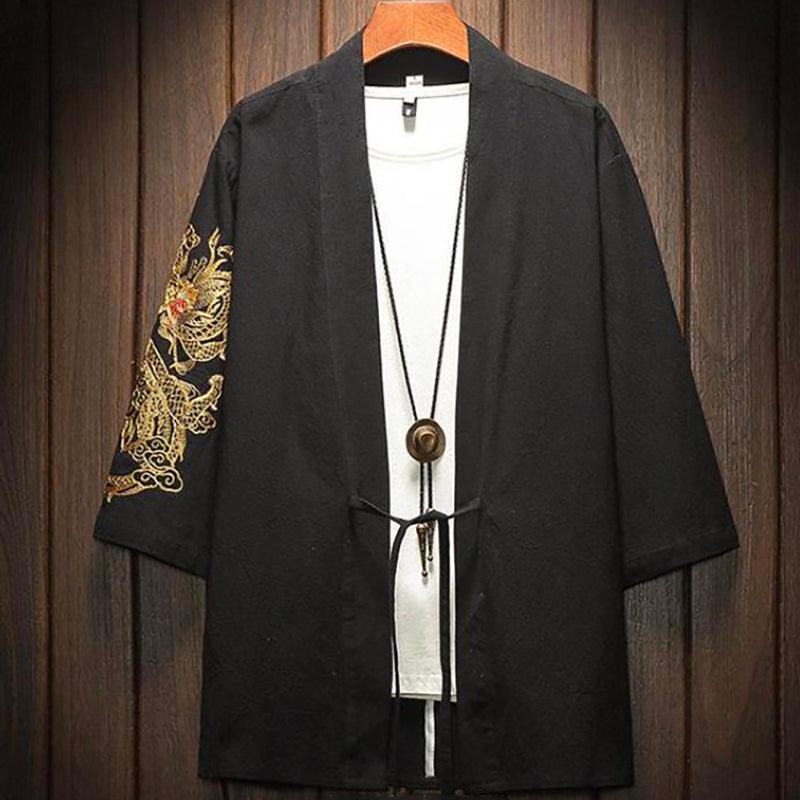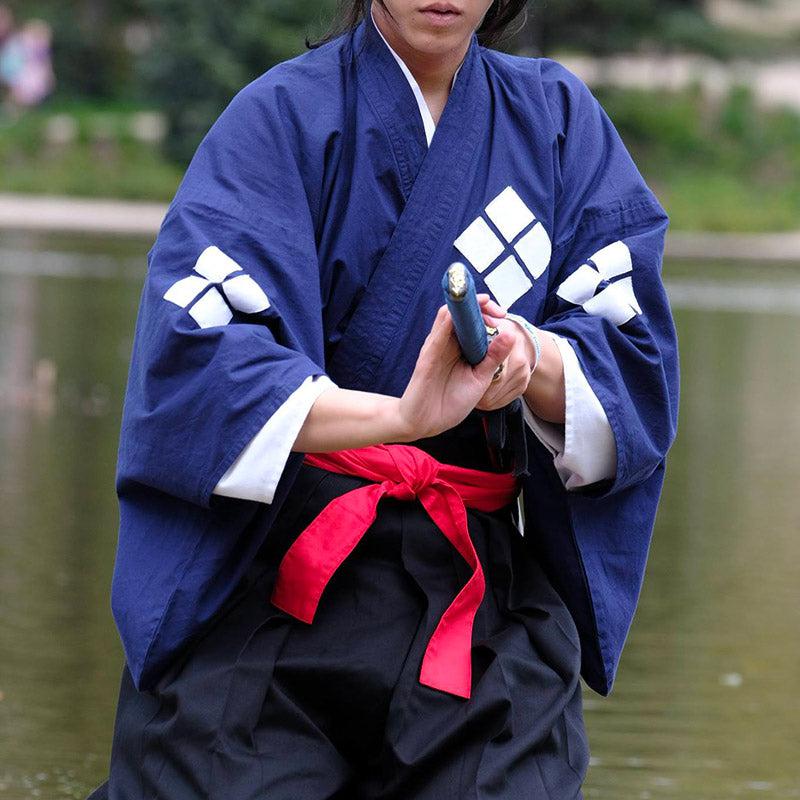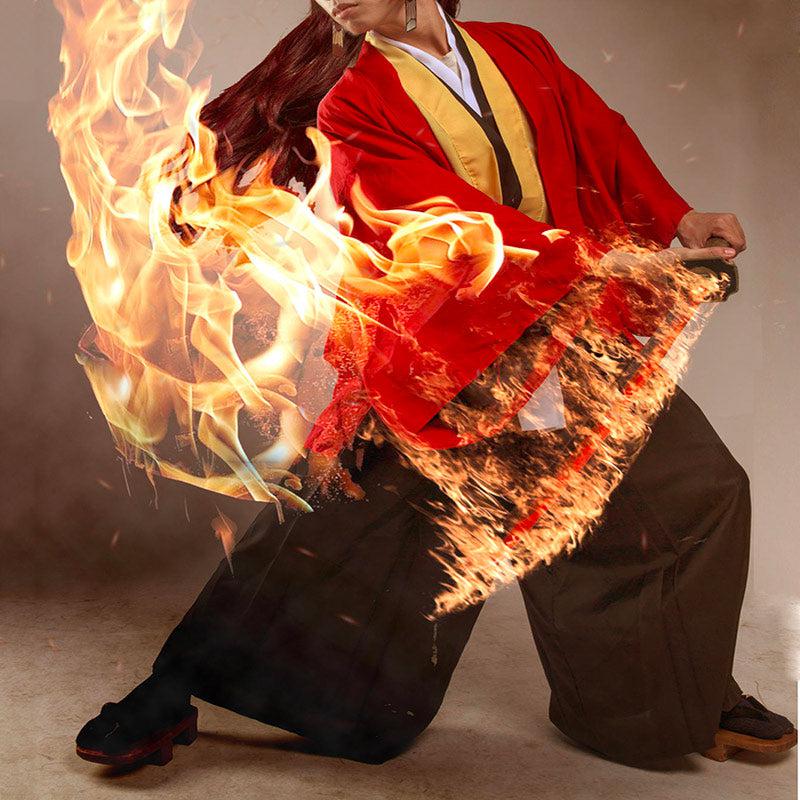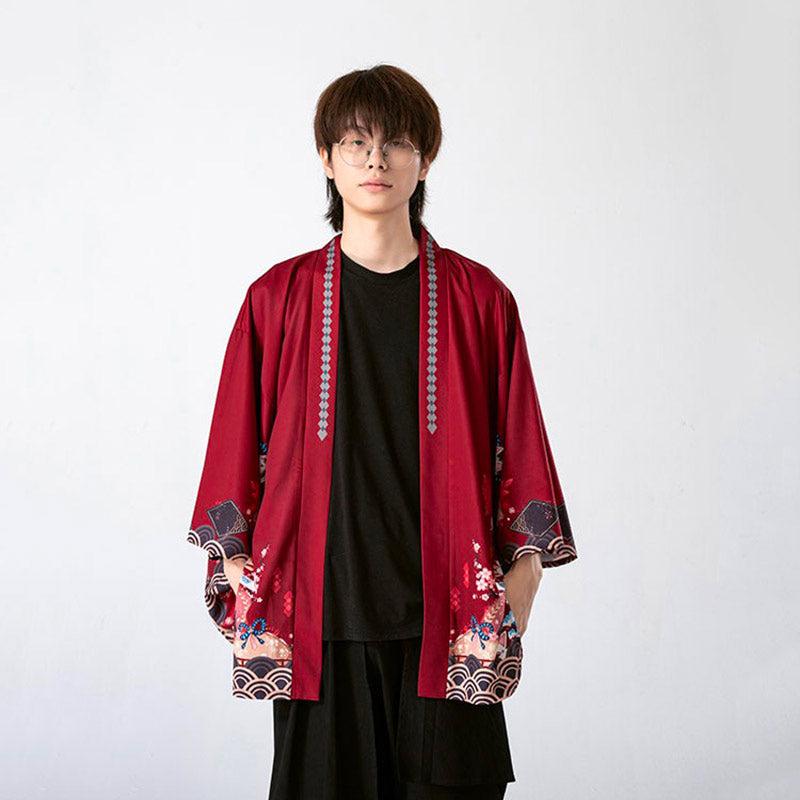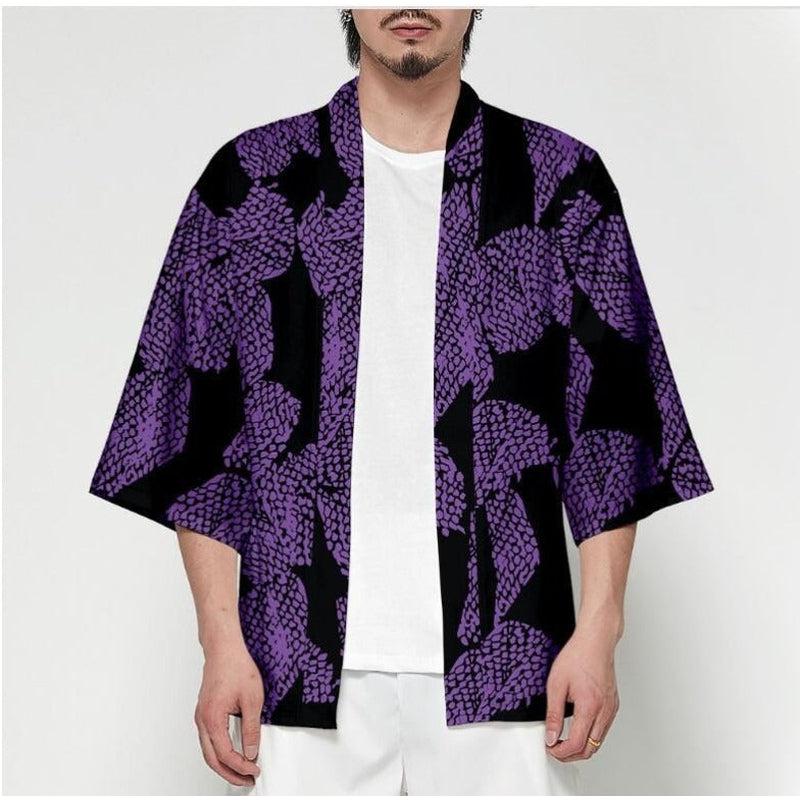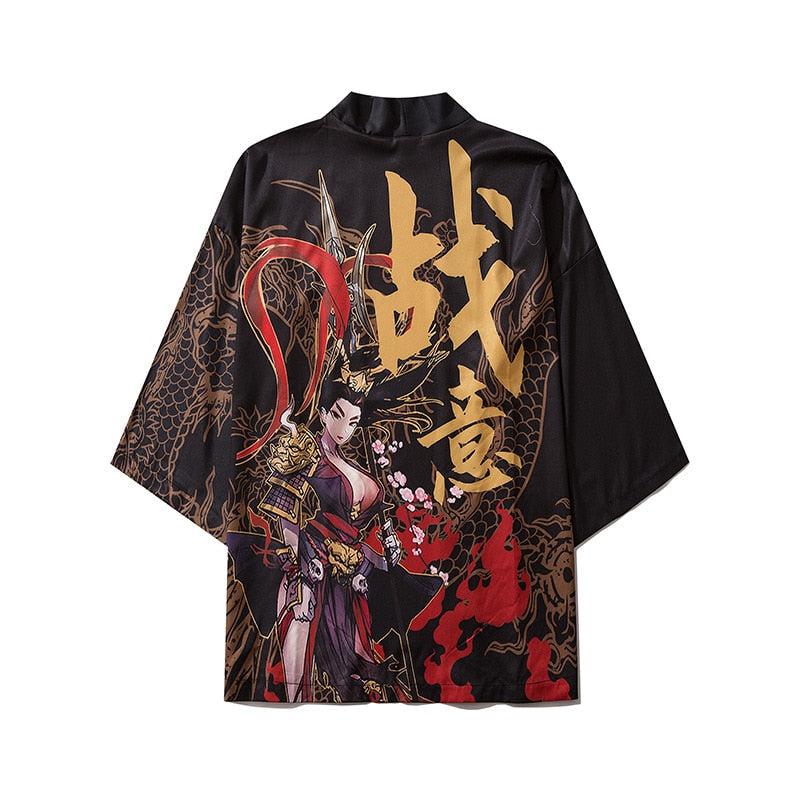The word samurai comes from the Japanese verb saburau , which means "to serve and admire someone."
The samurai were the hereditary military nobility and officer caste of feudal and early modern Japan, from the late 12th century until their abolition in 1876.
They enjoyed great prestige and special privileges, and cultivated the bushido codes of martial virtue, indifference to pain, and unwavering loyalty, engaging in numerous local battles. Their clothing has been modernized over the years. We now find kimonos inspired by the dress code employed by these warriors who have left their mark on Japanese history.
The Origins of the Samurai
In the 12th century, two military clans, the Minamoto and the Taira , were very powerful. They controlled Japan and waged war against each other. In 1192, Minamoto no Yoritomo became the first shogun (a Japanese title for general). He became ruler of all Japan and established a new government in Kamakura. The Kamakura government lasted from 1185 to 1333 and established the samurai as the ruling class of Japanese society.
Samurai fought many wars during the Warring States Period (1467–1573). Japan had many independent regions that were constantly at war with each other, and therefore needed a large number of samurai. Most of Akira Kurosawa's famous samurai films date from this period.
The samurai became very powerful and important towards the end of the Edo period (1603-1867) and during the Shinto period. During the Edo period, they were the most important social caste. All samurai were required to live in castle towns. Some of them had lords who paid them in rice, but others had no lords and were called " rōnin ." The "rōnin" caused problems in Japan during the early Edo period.
In 1615, the Tokugawa lord won a very important battle by capturing Osaka Castle. He had no rivals, and Japan remained very peaceful for about 250 years. Military skills became less important, and most samurai became bureaucrats, teachers, or artists.
In 1868, feudalism ended in Japan, which brought an end to the samurai class.
What is a Samurai Kimono?
Japanese samurai kimonos were carefully designed to be ready for battle. However, it was Japanese armor that was the equipment worn by samurai and daimyo (Japanese nobles).
Current samurai kimonos are a representation of these armors through a modernized and neat style, most often worn in the form of haori .
How to wear a samurai warrior kimono?
These kimonos are most often represented as long, black jackets made of lightweight cotton, ideal as both home and outdoor clothing. This Japanese-inspired outfit is perfect for everyday wear. Often short-sleeved, this Japanese garment adheres to the codes of the haori in a relaxed and unique style.
Don't wait any longer, follow the path of the warrior and enter the battlefield to show your worth by wearing the samurai kimono that suits you.
You can also discover our latest collection of men's kimono jackets , this versatile, modern and trendy piece inspired by the traditional Japanese kimono.







